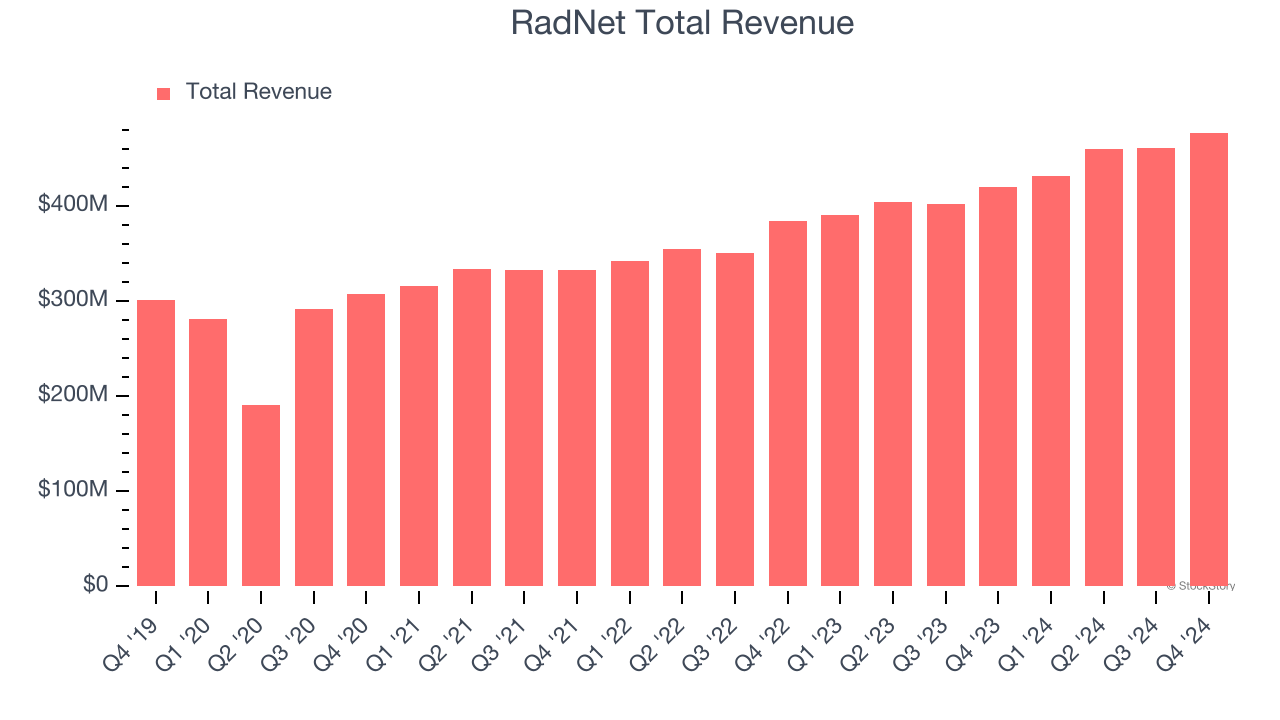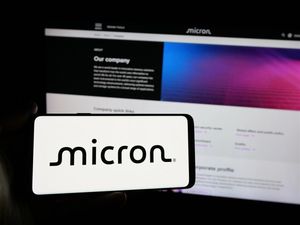
Diagnostic imaging company RadNet (NASDAQ: RDNT) will be announcing earnings results tomorrow morning. Here’s what you need to know.
RadNet beat analysts’ revenue expectations by 4.2% last quarter, reporting revenues of $477.1 million, up 13.5% year on year. It was a strong quarter for the company, with an impressive beat of analysts’ same-store sales and EPS estimates.
Is RadNet a buy or sell going into earnings? Read our full analysis here, it’s free.
This quarter, analysts are expecting RadNet’s revenue to grow 2.6% year on year to $443 million, slowing from the 10.5% increase it recorded in the same quarter last year. Adjusted loss is expected to come in at -$0.13 per share.

Analysts covering the company have generally reconfirmed their estimates over the last 30 days, suggesting they anticipate the business to stay the course heading into earnings. RadNet has a history of exceeding Wall Street’s expectations, beating revenue estimates every single time over the past two years by 3.5% on average.
Looking at RadNet’s peers in the testing & diagnostics services segment, some have already reported their Q1 results, giving us a hint as to what we can expect. Guardant Health delivered year-on-year revenue growth of 20.8%, beating analysts’ expectations by 6.9%, and NeoGenomics reported revenues up 7.5%, falling short of estimates by 1.7%. Guardant Health traded up 3.7% following the results while NeoGenomics was down 35.9%.
Read our full analysis of Guardant Health’s results here and NeoGenomics’s results here.
Investors in the testing & diagnostics services segment have had steady hands going into earnings, with share prices up 1.5% on average over the last month. RadNet is up 4.4% during the same time and is heading into earnings with an average analyst price target of $71.67 (compared to the current share price of $55.73).
Unless you’ve been living under a rock, it should be obvious by now that generative AI is going to have a huge impact on how large corporations do business. While Nvidia and AMD are trading close to all-time highs, we prefer a lesser-known (but still profitable) semiconductor stock benefiting from the rise of AI. Click here to access our free report on our favorite semiconductor growth story.







